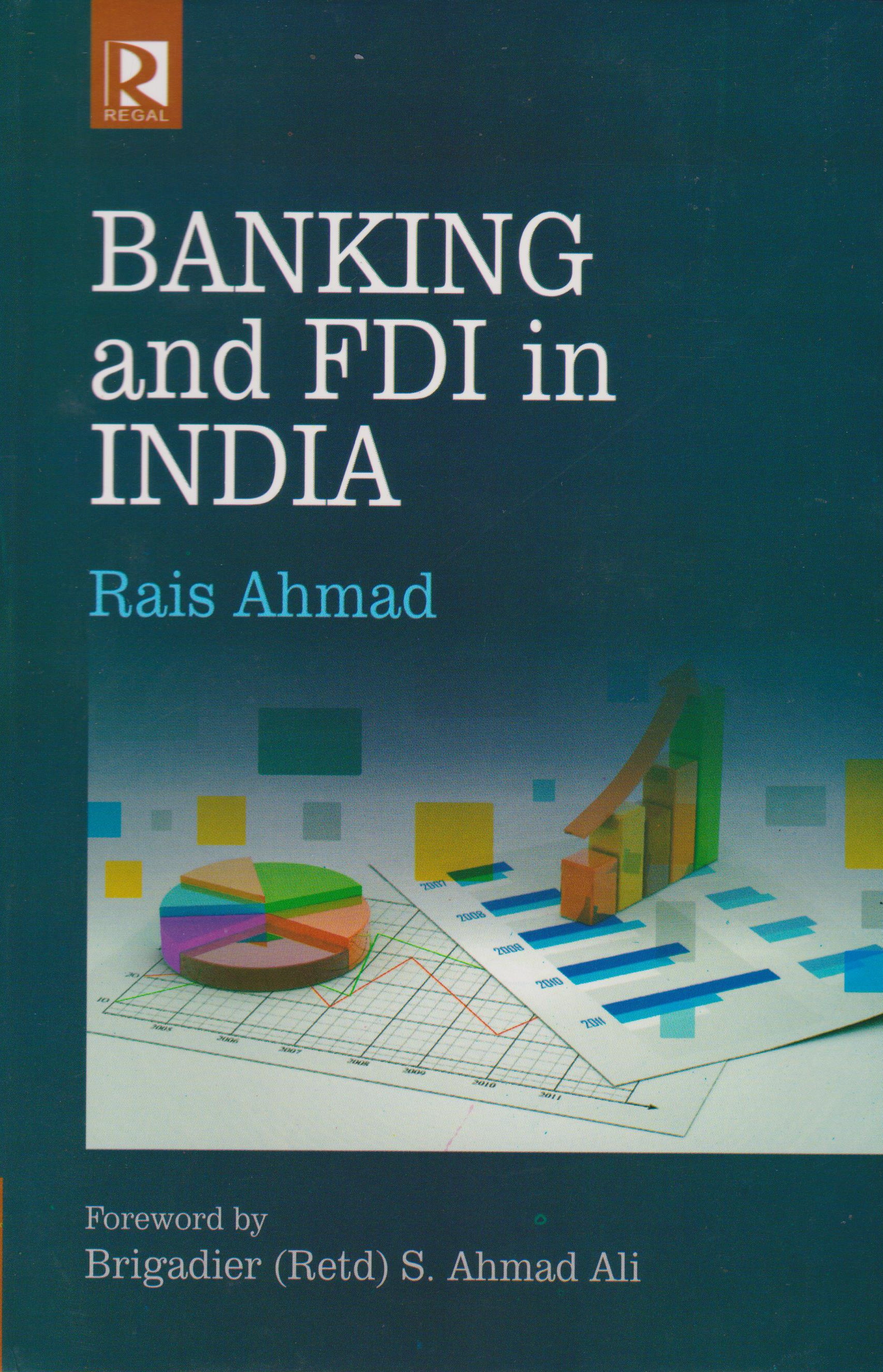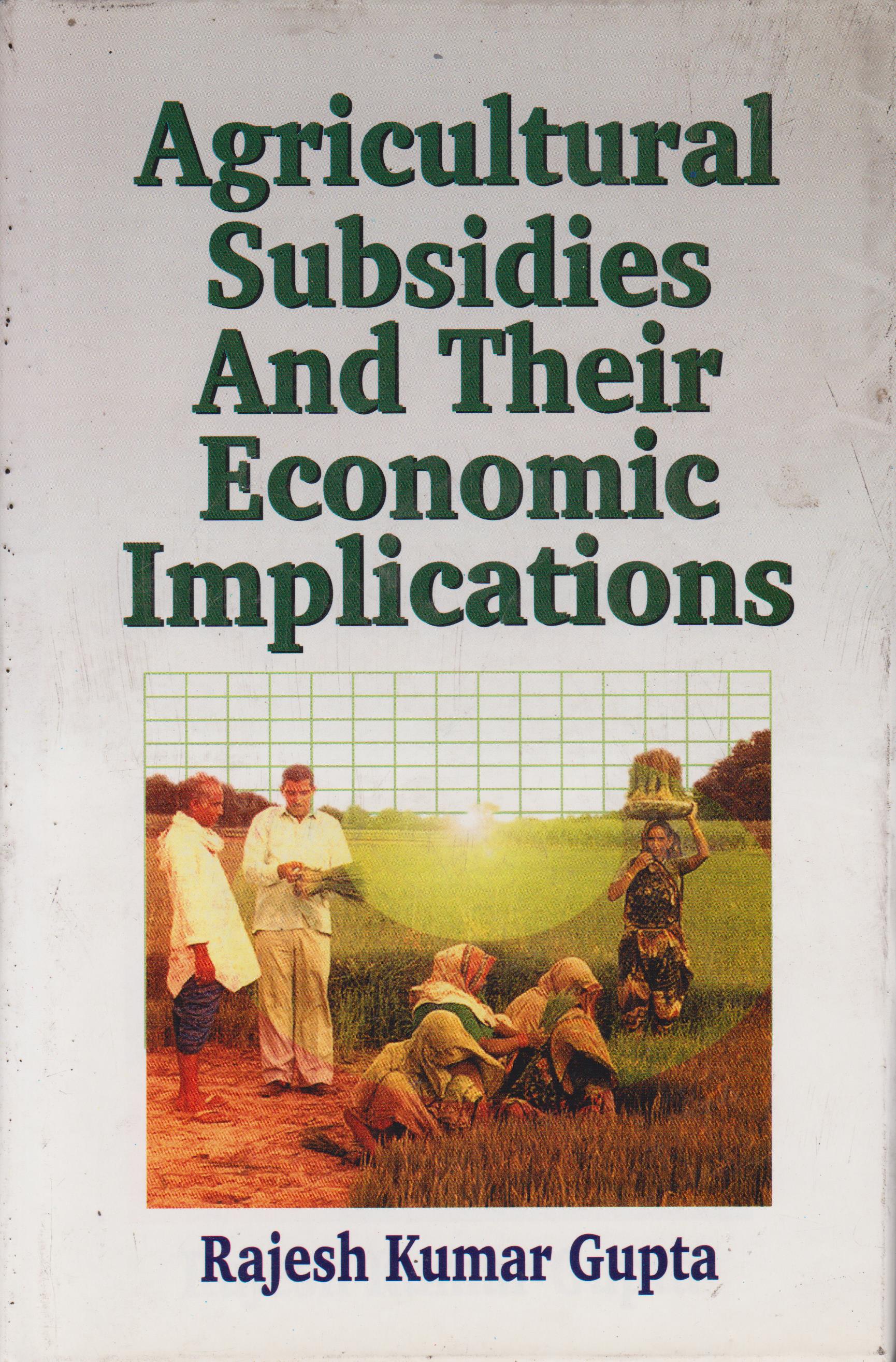Description
“Industrial Development under Structural Adjustment Programmes” by B.N.P. Singh is a comprehensive study that delves into the impact of structural adjustment programs (SAPs) on industrial development in developing countries. The book offers an in-depth analysis of the policies implemented under SAPs and their consequences on the industrial sector. Singh, an esteemed economist and scholar, draws upon extensive research and empirical evidence to shed light on the challenges, opportunities, and outcomes of SAPs. In this review, we will provide an overview of the book’s content, evaluate its strengths and weaknesses, analyze its key themes, discuss the author’s writing style, examine public opinion, and ultimately deliver a verdict on its overall merit.
The book begins by providing a thorough introduction to structural adjustment programs, highlighting their emergence in the 1980s as a response to economic crises faced by many developing countries. Singh explores the theoretical underpinnings of SAPs and the rationale behind their implementation. He then proceeds to examine the specific policies and measures undertaken in various countries, analyzing their impact on industrial development. Singh addresses critical issues such as trade liberalization, privatization, deregulation, and financial sector reforms, elucidating the consequences of these policies on employment, productivity, and technological progress. The author also assesses the role of international financial institutions in shaping SAPs and their influence on national economic decision-making.
Singh’s book offers a meticulous analysis of the effects of SAPs on industrial development. His research is grounded in empirical evidence, making the book a valuable resource for scholars, policymakers, and anyone interested in understanding the complex dynamics between SAPs and industrialization. The author’s expertise in the field shines through his comprehensive examination of case studies from different countries, providing a nuanced understanding of the diverse experiences and outcomes. Singh’s evaluation of the role of international financial institutions is particularly insightful, revealing the power dynamics and conditionalities associated with SAPs. However, the book could benefit from a more balanced analysis, as Singh’s critique of SAPs at times appears one-sided, neglecting potential positive impacts on economic stability and long-term growth.
In comparison to other works on the subject, Singh’s book stands out for its rigorous analysis and comprehensive scope. It goes beyond surface-level evaluations and delves into the complexities of SAPs, unravelling the multifaceted effects on industrial development. While some other books may focus on specific aspects of SAPs or case studies, Singh’s work provides a broader understanding of the overall impact on the industrial sector. Moreover, his inclusion of empirical evidence and comparative analysis strengthens the book’s credibility and enhances its value for researchers and policymakers seeking a holistic view of SAPs.
Throughout the book, Singh elucidates several key themes related to industrial development under SAPs. One recurring theme is the tension between short-term adjustment measures and long-term development goals. He highlights the trade-offs faced by policymakers when implementing SAPs, often prioritizing immediate stabilization over sustained industrial growth. Another theme is the role of the state in industrial development. Singh argues that SAPs tend to erode the role of the state as an active agent in economic planning and regulation, resulting in unintended consequences for industrial sectors. Additionally, the book explores the impact of SAPs on income inequality and social welfare, shedding light on the distributional consequences of these programs.
As an academic work, “Industrial Development under Structural Adjustment Programmes” does not focus on individual characters or provide detailed characterizations. Instead, the book centres around the policies, institutions, and economic actors involved in SAPs and industrial development. Singh’s analysis primarily revolves around governments, international financial institutions, multinational corporations, and domestic industries. However, the author does occasionally mention policymakers and influential figures involved in shaping SAPs, offering insights into their decision-making processes and motivations.
About the Author:
B.N.P. Singh is an esteemed economist and scholar who has made significant contributions to the field of development economics. He holds a PhD in Economics and has a wealth of experience in research, teaching, and advising governments and international organizations. Singh’s expertise lies in the areas of industrial development, globalization, and economic policy. His previous works have garnered critical acclaim and have been influential in shaping policy debates. As an authoritative voice in the field, Singh brings a wealth of knowledge and insight to “Industrial Development under Structural Adjustment Programmes.”
Singh’s writing style is scholarly and rigorous, catering primarily to an academic audience. The book is characterized by its meticulous research, comprehensive analysis, and extensive use of empirical evidence. The author employs a balanced mix of theoretical frameworks, case studies, and statistical data to support his arguments and conclusions. While the writing can be dense and technical at times, Singh makes a concerted effort to present complex concepts in a clear and accessible manner. However, readers without a background in economics may find certain sections challenging to grasp without prior knowledge of the subject matter.
What People Say About This Book:
“Industrial Development under Structural Adjustment Programmes” has received widespread acclaim among economists and scholars in the field. Many commend Singh for his rigorous analysis and comprehensive examination of SAPs and industrial development. The book has been praised for its empirical grounding, meticulous research, and insightful evaluation of the policies implemented under SAPs. Some readers appreciate Singh’s critical perspective, highlighting the unintended consequences and distributional impacts of these programs. However, a few critics argue that the book lacks a balanced assessment of SAPs, overlooking potential benefits and downplaying their role in stabilizing economies.
- Comprehensive analysis of the impact of structural adjustment programs on industrial development.
- Extensive use of empirical evidence and case studies to support arguments.
- Insightful evaluation of the role of international financial institutions in shaping SAPs.
- In-depth exploration of the tension between short-term adjustment measures and long-term development goals.
- valuable resource for researchers, policymakers, and those interested in the subject.









Reviews
There are no reviews yet.